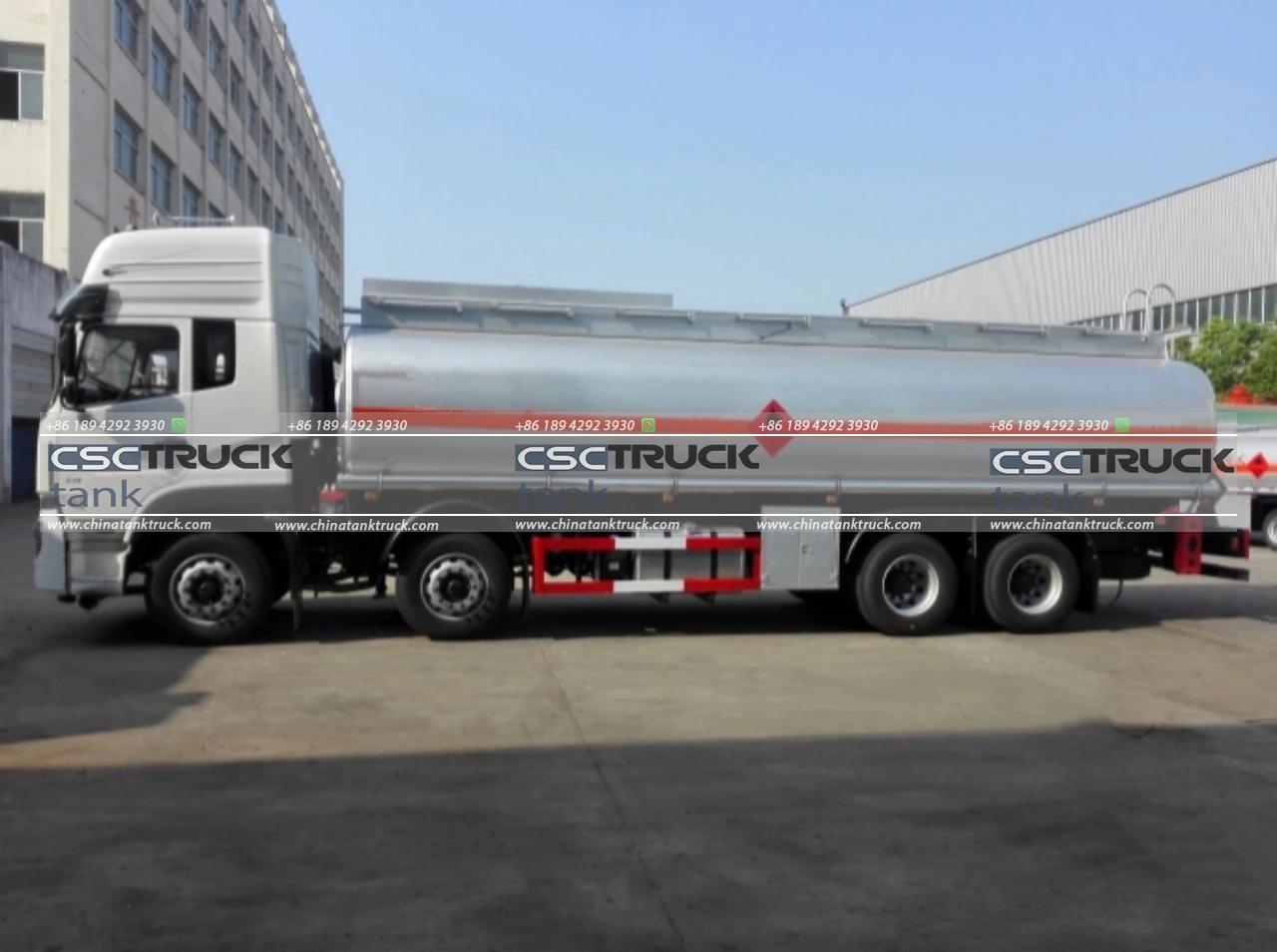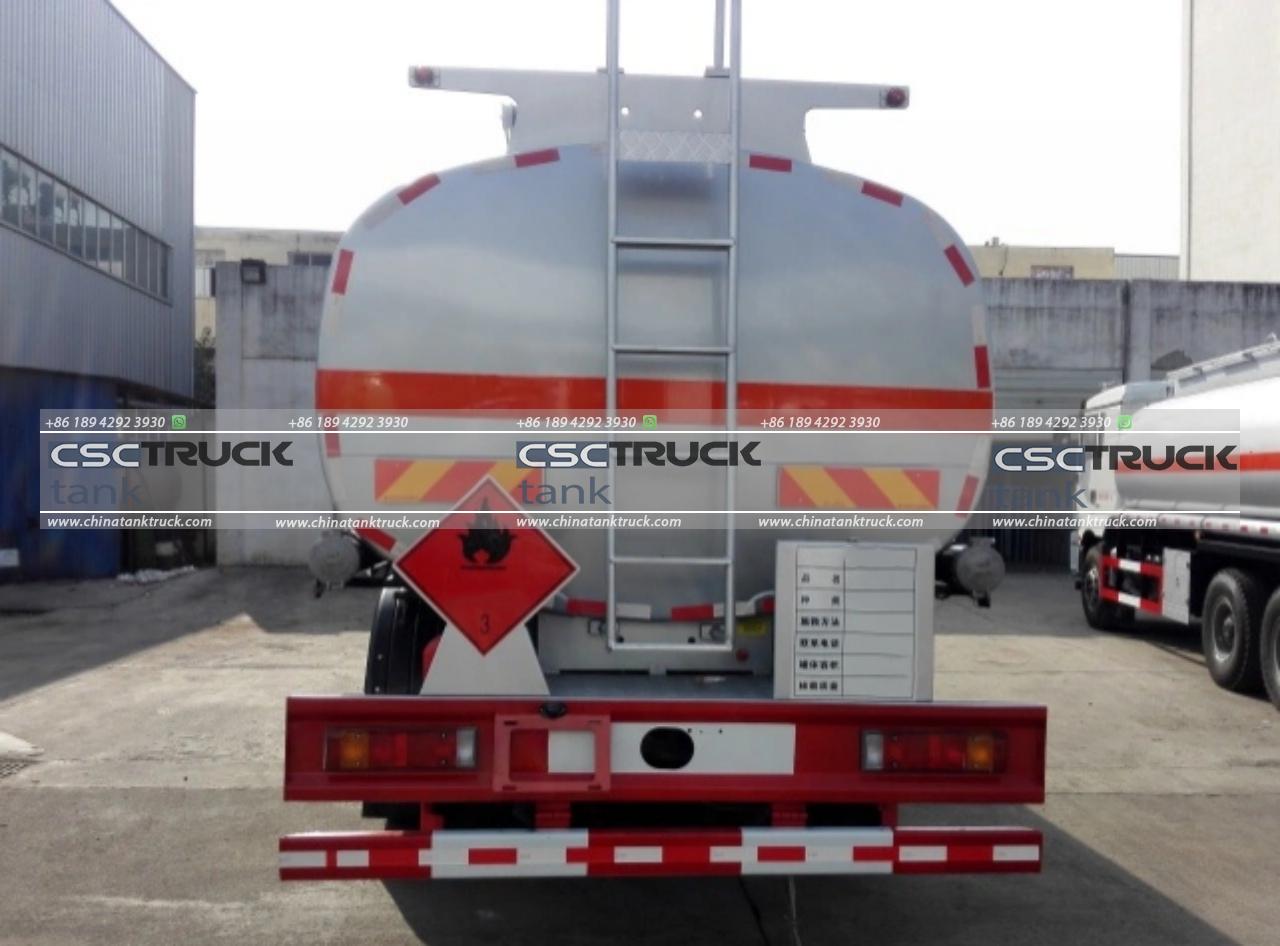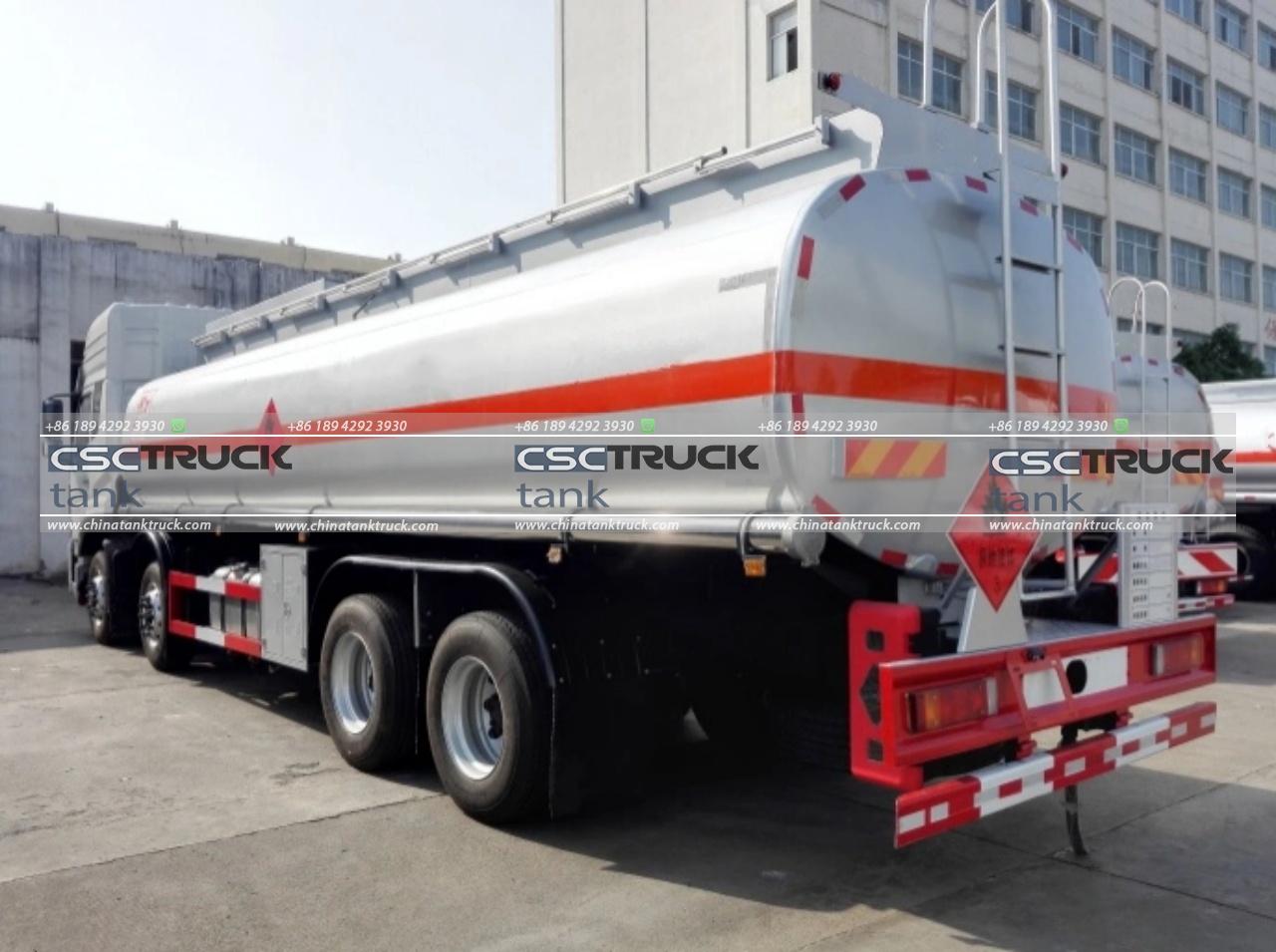How Fast Does a Fuel Truck Pump?
Fuel trucks are essential to industries ranging from transportation to construction, agriculture, and aviation. One of the most critical aspects of these trucks is how quickly they can pump fuel, as efficient fueling can reduce downtime and increase productivity. But what exactly determines how fast a fuel truck pumps? In this article, we’ll explore the factors affecting fuel pumping speed, industry standards, types of fuel trucks, and how their configurations impact fuel delivery rates.
1. Types of Fuel Trucks and Their Pumping Systems
Fuel trucks vary widely in design and capacity, influencing their pumping speeds. The primary types of fuel trucks include:
– Tanker Trucks: Used to transport large volumes of fuel, tanker trucks range from small units holding a few thousand liters to large 11,000-gallon units. They often pump directly into storage tanks and can unload fuel at terminals or service stations.
– Refueler Trucks: Used for direct vehicle refueling, these trucks are commonly seen in aviation, delivering fuel directly to airplanes. Refueler trucks are designed for both high flow rates and safety due to their direct interface with vehicles.
– Utility Fuel Trucks: These trucks are common in construction and agriculture for onsite refueling of equipment. Designed for flexibility and moderate fuel flow, they can quickly refuel multiple types of equipment.
Each type has its pumping mechanism, which often includes a combination of a PTO-driven (power take-off) pump, electric or hydraulic pumps, and a metering system. The differences in design mean that each type of fuel truck will have a unique pumping speed suited to its primary function.

2. Factors Influencing Fuel Truck Pumping Speeds
The speed at which a fuel truck pumps depends on several factors:
– Pump Type: Fuel trucks use different pumps depending on the required flow rate. Positive displacement pumps (such as gear pumps) are efficient for consistent fuel flow, while centrifugal pumps are used for faster, high-volume pumping.
– Pump Power Source: The pump’s power source (mechanical, hydraulic, or electric) also affects speed. For instance, PTO-driven pumps leverage the truck’s engine, providing high flow rates but consuming more power.
– Fuel Type: The density and viscosity of the fuel being pumped play a role in speed. Diesel, for instance, is denser and thicker than gasoline, requiring more pressure and resulting in slightly lower flow rates.
– Hose Diameter and Length: The diameter and length of the hose used for fuel delivery can impact pumping speed. Larger hoses allow for greater flow, though they require higher pressure for effective transfer. Longer hoses can slow down fuel delivery, especially if gravity is involved.
– Safety and Regulatory Standards: Safety regulations in the fuel industry may limit pumping speeds to minimize risks such as static discharge or overfilling, especially in highly flammable fuel types like aviation gasoline.
3. Typical Pumping Speeds for Different Applications
The flow rates of fuel truck pumps vary depending on the application and type of fuel being delivered. Let’s look at some common scenarios:
a) Fuel Station Delivery
Fuel trucks delivering fuel to gas stations typically pump at speeds of around 200-500 gallons per minute (GPM). This high flow rate is necessary for unloading large quantities of fuel quickly and efficiently into underground storage tanks. Some advanced tanker trucks with PTO-driven systems can achieve speeds up to 600GPM, depending on the specific setup and safety regulations.
b) Aviation Refueling
In aviation, refueler trucks need to pump at high speeds to minimize aircraft downtime. The typical flow rates for jet fuel range between 300 to 600 GPM, depending on the aircraft’s size and fueling capacity. For smaller aircraft, such as private jets, refuelers may operate at lower rates (100-300 GPM) to allow for more controlled fueling and prevent spillage.
c) Onsite Equipment Refueling
Utility fuel trucks used in construction and agriculture are designed for flexible fueling and are often equipped with pumps that deliver fuel at 20 to 60 GPM. This lower rate allows for safe and efficient refueling of machinery like tractors, excavators, and other heavy equipment. For large machinery, these trucks can achieve higher speeds, but the nature of onsite fueling generally prioritizes control over speed.
d) Emergency Fuel Delivery
In emergency settings, such as when supplying backup generators, fuel trucks often use smaller pumps with a flow rate of around 10-20 GPM. This allows precise fuel delivery to prevent overfilling and minimize the risk of spills in sensitive areas.

4. Safety Protocols and Their Effect on Pumping Speed
Fuel pumping, especially at high rates, involves inherent safety risks, such as static discharge, overfilling, and vapor emissions. Regulatory bodies like OSHA and NFPA set safety standards that influence how fast a fuel truck can pump in different scenarios. For example, grounding cables are used to mitigate the risk of static discharge, which can slow down the setup process and, consequently, the overall pumping time.
Furthermore, many fuel trucks are equipped with automatic shut-off mechanisms, overfill protection, and pressure regulators to maintain safe fuel transfer speeds. These features are particularly crucial in aviation refueling, where safety protocols are strict, and fueling personnel must closely monitor fuel flow to avoid hazards.
5. Technological Advances in Fuel Truck Pumping Systems
Advancements in technology are enabling faster and more efficient fuel pumping:
– Automated Fuel Management Systems: Many modern fuel trucks feature electronic systems that control the flow rate and pressure automatically, adjusting for the fuel type and receiving tank specifications. These systems can increase pump efficiency and maintain optimal speeds without compromising safety.
– Smart Meters and Flow Sensors: Flow sensors can monitor fuel rate in real-time, allowing operators to make adjustments as needed. Smart meters can detect flow changes due to viscosity or hose pressure, providing accurate fuel measurements that ensure the right amount of fuel is delivered.
– Remote Monitoring: Some fuel trucks now have remote monitoring capabilities, enabling dispatchers to track fueling speed and volume in real-time. This not only helps improve operational efficiency but also ensures that fuel deliveries adhere to safety standards and pumping speed regulations.

6. Environmental Considerations
Fuel spillage and vapor emissions are two primary environmental concerns associated with fuel pumping. As a result, pumping speed may be restricted to prevent fuel from spilling or producing excess vapors. Fuel trucks that carry highly volatile substances often pump at controlled speeds (typically below 300 GPM) in areas sensitive to environmental hazards.
Additionally, in regions with stringent environmental regulations, vapor recovery systems may be installed on fuel trucks, capturing fuel vapors during transfer. While these systems can slightly reduce pumping speed, they significantly reduce emissions, making fuel delivery safer for the environment.
7. How to Optimize Fuel Truck Pumping Speed
Optimizing fuel truck pumping speed involves balancing efficiency with safety. To maximize pumping speed while ensuring safe operations, operators can:
– Ensure Proper Maintenance: Regular maintenance of the fuel pump, hoses, and metering system can prevent blockages and inefficiencies that may reduce the flow rate.
– Use Appropriate Hose Sizes: Matching the hose size to the pump’s output capacity can reduce back pressure and increase flow speed.
– Adapt to Fuel Types and Conditions: By adjusting the pump speed according to the density and temperature of the fuel, operators can achieve optimal flow rates without risking spills or equipment damage.

Conclusion
Fuel truck pumping speed is influenced by various factors, including the type of truck, the pump system used, fuel characteristics, and safety regulations. Typical speeds can range from 10 to 600 GPM depending on the application, with different configurations optimized for each scenario. While advancements in technology are helping increase these rates, safety remains paramount, with protocols and equipment features designed to manage the risks associated with high-speed fuel transfer. As the fuel industry continues to evolve, fuel trucks will likely see even faster and more efficient pumping solutions that balance the demand for speed with environmental and safety concerns.

